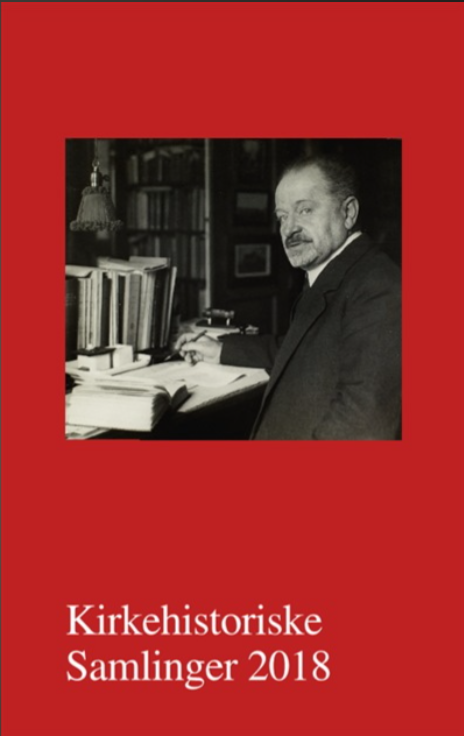Publiceret 25.02.2025
Citation/Eksport
Copyright (c) 2018 Tidsskriftet Kirkehistoriske Samlinger

Dette værk er under følgende licens Creative Commons Navngivelse – Ingen bearbejdelser (by-nd).
Resumé
J. Oskar Andersen var i sin lange levetid ikke kun én, men mange generationer af teologers lærer i kirkehistorie. Artiklen forsøger at indkredse, hvad der formede Andersens profil som kirkehistoriker, og hvad der kendetegner den fornyelse af faget, han gennemførte. Opmærksomhed på Andersens syn på den kirkehistoriske disciplin og særligt hans markante opfattelser af forholdet mellem henholdsvis historisk metode, teologi og kirkehistorie kan ikke kun uddybe forståelsen af Andersens virke men også bedømmelsen af ham ved professorkonkurrencen i 1901 såvel som i den nutidige kirkehistorieskrivning.
Summary
The Nestor of Danish Church History? On J. Oskar Andersen as a Church Historian. The article investigates the work of the church historian J. Oskar Andersen and in particular, his methodology and his viewpoints on church historiograpy. Andersen was a disciple of the historian, Kristian Erslev, and he was a pioneer in introducing a modern critical historical method in the field of church history in Denmark. The article shows Andersen’s reception of Erslev and outlines some of the consequenses of it. Using the material sources as the point of departure often led the work of Andersen to empasize the role of clerical institutions and persons in power when depicting the past of the church. In some ways, this tendency contradicted his own concept of Christianity and the subject of the church. Andersen’s concept of »facts« and of systematic theology lead to a claim of a division between philosofical speculation and the discipline of church history. This demand caused a rift between the work of Andersen and his disciples, and the works of their collegues from other theological disciplines. This form of theological lobotomy may have contributed to animosity against him and
his defeat in the competition for the professorship in church history in 1901. However, Andersen’s field changing methodological renewal also secured a subsequent shared methodology between church historians and historians in general. After the work of Andersen, it was simply not possible to be recognized as a professional church historian, if one did not pay respect to the methods of professional modern historiography. As such, his work has shown a durable legacy.

